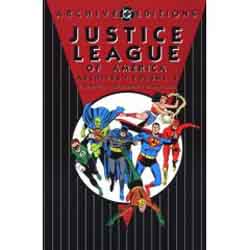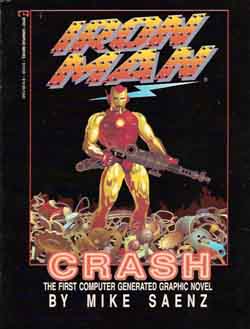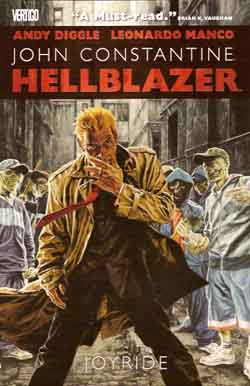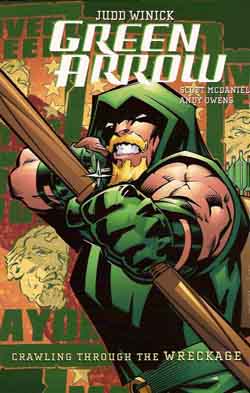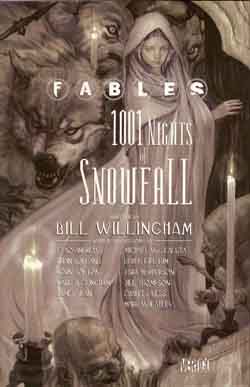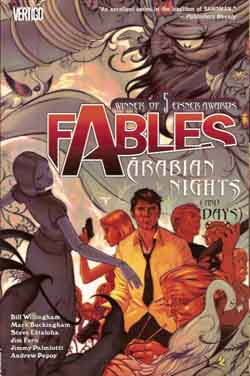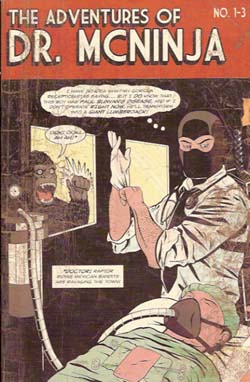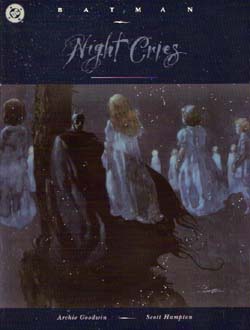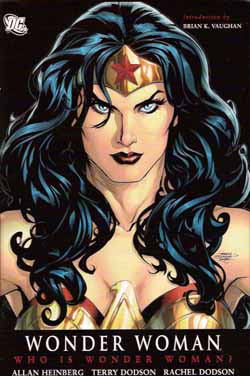UK EDITION
 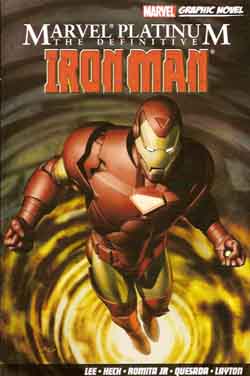
By various (Marvel/Panini Publishing UK)
ISBN: 978-1-905239-85-6
In the past I’ve berated previous editions of the “definitive†line from Marvel because of the editorial selections, but this volume, compiled to support the release of the big budget motion picture has a better than average blend of genuine classics and hidden gems to balance the less comprehensible choices, so well done this time, chaps.
This latest career retrospective kicks of predictably enough with the emotionally charged origin from Tales of Suspense #39, (cover-dated March 1963) by Stan Lee and Larry Lieber, with art by the enduring and endearing Don Heck, before we jump all the way to 1977 and Iron Man #99 and 100 for a lost two-part classic by Bill Mantlo, George Tuska and Mike Esposito. ‘At the Mercy of the Mandarin’ and ‘Ten Rings to Rule the World!’ is a solid, old fashioned, world-saving punch-up guest-starring sometime X-Man Sunfire.
There are three selections from the superlative run of issues by David Michelinie, John Romita Jr. and others from the late1970s/early 1980s. No commemorative could be complete without the landmark – and still intensely moving and powerful – ‘Demon in a Bottle’ (from Iron Man #128, 1979, inked and co-plotted by Bob Layton), followed by a bombastic three-parter guest-starring the Incredible Hulk and the second Ant-Man. Jerry Bingham replaced JR Jr. for ‘Hulk is Where the Heart is!’, ‘The Man Who Would Be Hulk’ and the tense climax ‘The Hero Within!’, but Romita returned in 1981 for the time-travelling clash with Marvel’s deadliest villain in #149’s ‘Doomquest!’ and #150’s ‘Knightmare’ as the Armoured Avenger and Doctor Doom had to defeat Morgana Le Fey before they could return to their home time from the court of King Arthur!
Denny O’Neil had a long run as scripter in the mid-1980s, a sequence that saw Tony Stark lose everything, including his battle against alcoholism, and bodyguard Jim Rhodes take over the role of Golden Avenger. Iron Man #200 (November, 1985) was the culmination of a three-year plot arc which saw Stark redeem himself and regain all he had lost in battle with rogue industrialist Obadiah Stane and his Iron-Monger armour. As the template for much of the aforementioned film, I’m surprised this entire saga wasn’t released as a separate collection, but there are thrills aplenty in this double-length epic by O’Neil, Mark Bright and inkers Akin & Garvey.
From issue #256 (1990), ‘Soliloquy in Silence’ reunites scripter Bob Layton and John Romita Jr. (inked by Harry Candelario in the pencillers modern raw ‘n’ chunky art style) for a tense, technological bio-hazard chiller set aboard a doomed space-station, and the story-portion of the book concludes with another concluding chapter from a longer saga. ‘The Mask in the Iron Man – part 5 ‘Blood Brothers’ is written by Joe Quesada and illustrated by Sean Chen and Rob Hunter and originally appeared in Iron Man volume 3, #30 from 2000. In it there’s a final confrontation between the man Tony Stark and his own creation as the armoured suit gains autonomous intelligence and a bunch of “father-issues.â€
The book is rounded out with pin-ups, cover reproductions and a dense and hefty ten pages of text features, history, background and “technical secrets†for a well-rounded and thoroughly entertaining accompaniment to the cinema spectacle, but more importantly a well-tailored device to turn curious movie-goers into fans of the comic incarnation too. If there’s a sequel, hope that Marvel has plans for all the great material by a vast range of creators omitted in this book, but at least here’s a solid sampling to entice the newcomers and charm the veteran Ferro-phile.
© 1963, 1977, 1979, 1980, 1981, 1985, 1990, 2000, 2008 Marvel Characters Inc. All Rights Reserved.

